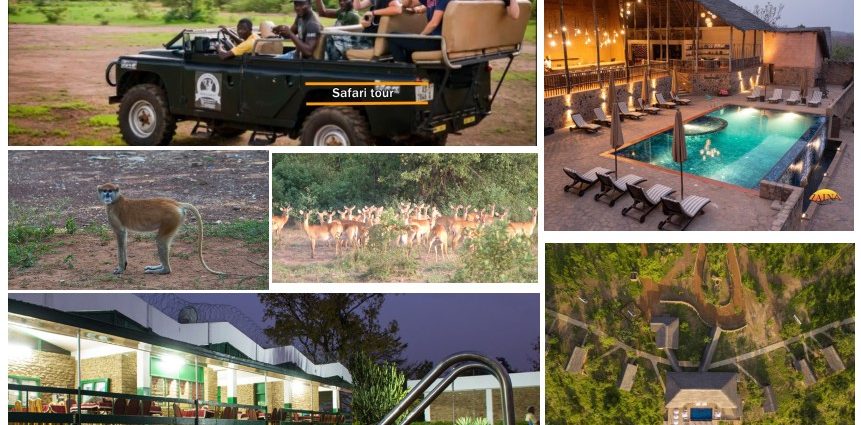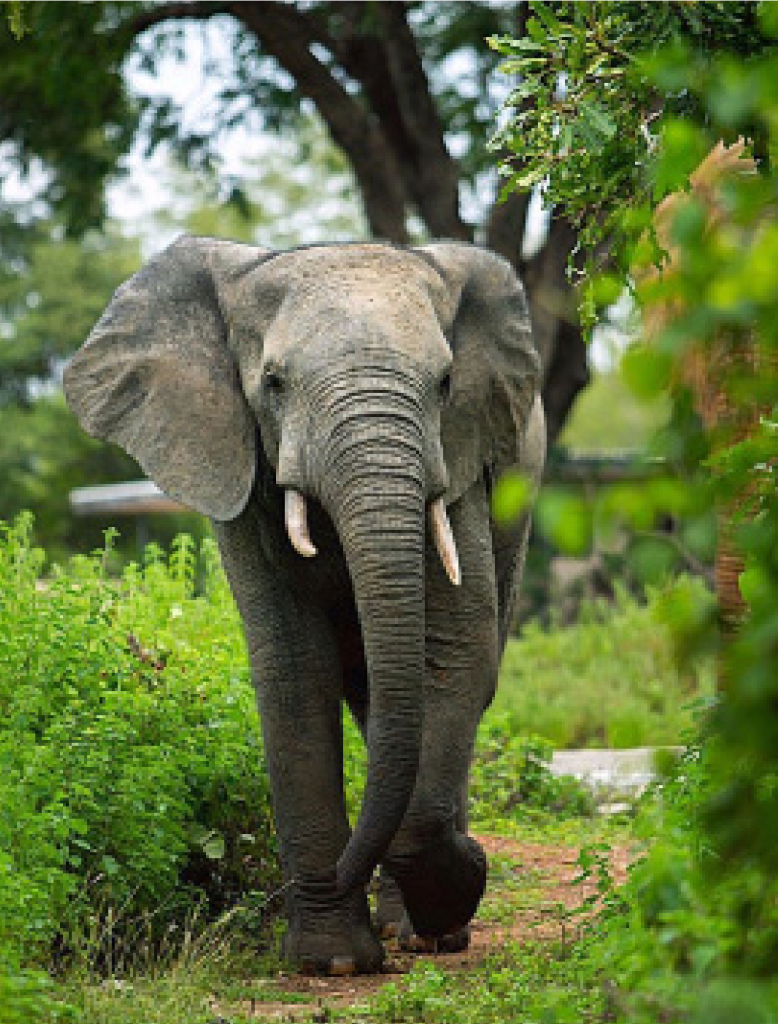

Let’s Go
Located in the Savannah region of Ghana on savanna and riparian ecosystems at an elevation of 150 m, with a sharp escarpment forming the southern boundary of the park, Mole is Ghana’s largest wildlife refuge.
The 4,577 km2 is home to 94 mammals, over 300 birds, 9 amphibians, 33 reptiles and 742 plant species. The average annual rainfall is about 1100 mm with more than 90% of the rain falling between April and October, and peaks in July and September. The dry season lasts from November to March and is characterised by cold dry winds.
The mean annual temperature of 28°C varies from 26°C in December to 31°C in March. It gets very hot in March and April, with temperatures sometimes nearing the 40°s.
Waterfalls are a rare and unique sight in the northern part of Ghana. Mole is privileged to have two, the Polzen and Kparia falls. With a very rich cultural, historical and archaeological heritage, the ancient caravan routes from Mali to Wa and Salaga, which were used for both trading and transporting slaves to the coastal markets, passed through the heart of the park.
The Mole national park was established in 1958 and re-designated as a National Park in 1971. It covers an area of 4,840 km2 of undulating terrain with steep scarps. The vegetation is pristine Guinea savanna with gallery forests along the rivers and streams.
The Park has over 90 mammal species notably elephants, buffalo, roan, kob, hartebeest, waterbuck and 4 primate species. Lion, leopard and hyena also occur and over 300 bird species have been recorded.
Activities
Bird Watching, Animal Observation, Canopy Walk.
Facilities
A motel for visitors is available at the Park headquarters in Mole.

